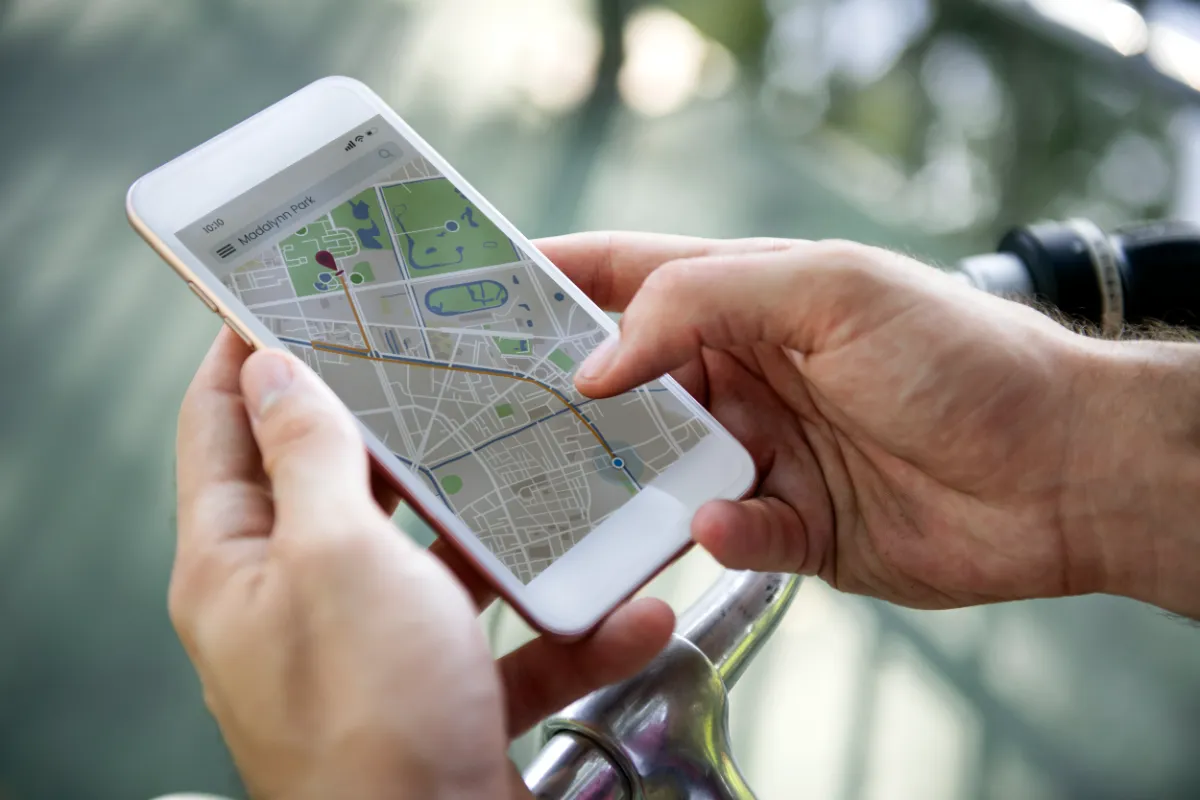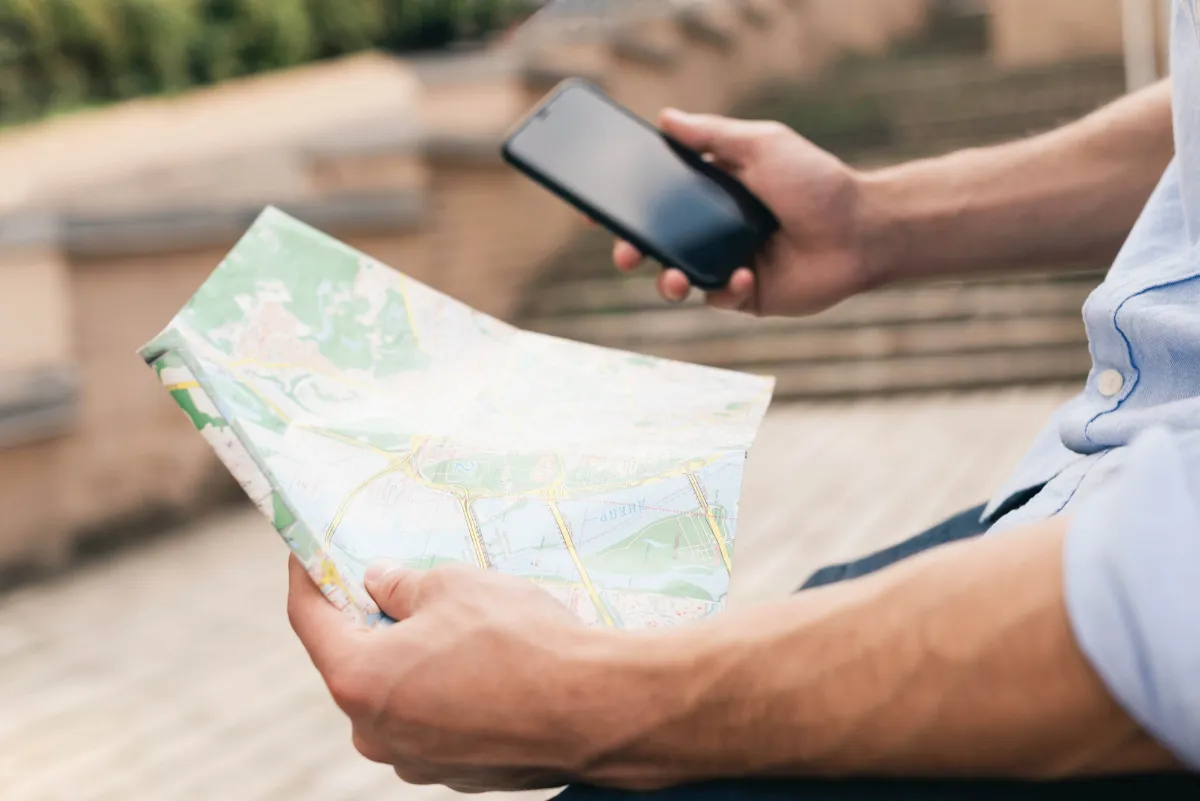In today’s digital world, the ability to access the internet is often taken for granted. We rely on it for communication, research, and staying connected with the world. But what happens when we venture out into remote areas where internet connection is non-existent or unreliable? Fear not, for there is a solution that can transform your field work experience: offline maps. In this article, we will explore the essential role of offline maps in field work and how they can revolutionize your work process.
The Essential Role of Offline Maps in Field Work
Field work often requires us to navigate unfamiliar territories. Whether you are a geologist, ecologist, or a photographer exploring new landscapes, having access to reliable maps is crucial. Offline maps enable you to plan your routes, mark important locations, and navigate seamlessly without relying on an internet connection.
When venturing into the field, it is essential to have a comprehensive understanding of the terrain and surroundings. Offline maps provide an extensive range of features that go beyond basic navigation. These maps allow you to customize your experience by overlaying additional information such as topographic data, weather patterns, and even wildlife distribution.
Imagine you are a geologist studying the geological formations of a remote area. With offline maps, you can not only plot your path but also overlay geological maps to gain a deeper understanding of the area’s geological history. By analyzing the different layers of rock formations, you can uncover valuable insights about the region’s geological evolution.
For ecologists, offline maps are invaluable tools for studying biodiversity and habitat distribution. By incorporating data on vegetation types, land cover, and animal sightings, ecologists can create detailed maps that highlight areas of ecological importance. These maps aid in identifying critical habitats, migration routes, and potential conservation areas.

Photographers also benefit greatly from offline maps. When exploring new landscapes, photographers rely on accurate information to capture the perfect shot. Offline maps allow photographers to mark potential photography locations, ensuring they don’t miss out on breathtaking vistas or unique perspectives. Additionally, photographers can annotate their maps with lighting conditions, best times to shoot, and even recommended camera settings, enhancing their ability to capture stunning imagery.
One of the significant advantages of offline maps is their ability to function without an internet connection. In remote areas where internet connectivity may be limited or non-existent, offline maps provide a reliable solution. This means that field workers can continue their work uninterrupted, even in the most remote and challenging environments.
Furthermore, offline maps offer a level of personalization that enhances field work efficiency. By allowing users to add their own annotations, such as field notes, observations, or important landmarks, offline maps become a comprehensive record of the fieldwork process. This feature not only facilitates data collection but also enables seamless collaboration among team members, as everyone can access and contribute to the same map.
In conclusion, offline maps play an essential role in field work across various disciplines. They provide a wealth of information, customization options, and the ability to navigate without an internet connection. Whether you are a geologist, ecologist, or photographer, offline maps empower you to explore, study, and capture the world around you with confidence and efficiency.
Offline Maps: A Game Changer for Field Work
Offline maps have truly revolutionized the way field work is conducted. Gone are the days of lugging around bulky paper maps or constantly stressing about internet coverage. With just a few taps on your smartphone or tablet, you can access detailed maps that provide real-time information, even in remote locations.
Imagine being able to explore off-the-beaten-path locations, survey remote ecosystems, or capture breathtaking landscapes without the worry of being disconnected. Offline maps have made these dream scenarios a reality, giving field researchers and wanderers alike the freedom to explore without limitations.
Benefits of Offline Map Applications
The benefits of offline map applications extend far beyond basic navigational purposes. These innovative tools offer a range of features designed to optimize your field work:
- Offline Access: As the name suggests, offline map applications allow you to download maps and access them without an internet connection. This ensures that you are never left stranded, even in the most remote locations.
- Minimal Battery Usage: Unlike online map services that constantly drain your battery, offline maps consume significantly less power. With extended battery life, you can focus on your work without worrying about running out of juice.
- Location Tagging and Sharing: Offline map applications often come equipped with the ability to tag GPS locations and share them with your team or colleagues, streamlining communication and collaboration.
Utilizing Offline Maps for Efficient Field Work
To make the most out of offline maps and optimize your field work experience, there are a few useful strategies to consider:
- Plan Ahead: Before heading out, take the time to download the necessary maps for your planned routes and destinations. This ensures that you have all the relevant information readily available when you are offline.
- Explore Offline Features: Familiarize yourself with the offline map application’s features and functionalities. Experiment with creating custom markers, offline tracking, and note-taking. By mastering these features, you can streamline your workflow and make the best use of available resources.
- Regularly Update Your Maps: As new data becomes available, make it a habit to update your downloaded maps. This ensures that you have the latest information, such as road closures or new trails, at your disposal.
Finding Jobs While Offline: Strategies for Success
For those seeking employment opportunities in the field work industry, the absence of internet connection may seem like a setback. However, with careful planning and a proactive approach, it is possible to find job opportunities even while offline:
- Create an Offline Portfolio: Compile your best work examples offline and create a visually appealing portfolio that you can showcase to potential clients or employers. Having a tangible representation of your skills and experience will set you apart from the competition.
- Attend Conferences and Workshops: Make the most of your time in the field by attending conferences and workshops related to your field of expertise. These events provide networking opportunities and the chance to meet individuals who may be able to connect you with job opportunities.
- Build Local Connections: Engage with local communities and organizations during your field work. By establishing relationships with individuals in the area, you may uncover hidden job opportunities or gain valuable insights into the local job market.

Tips for Managing Field Work Without an Internet Connection
Working without internet connection presents its own set of challenges. Here are some tips to help you navigate through your field work with ease:
- Offline Communication: Invest in alternative forms of communication, such as satellite phones or two-way radios, to stay connected with your team in the absence of internet coverage.
- Backup Your Data: Regularly back up your work and important data on external hard drives or cloud storage solutions. This ensures that even in the event of device failure or loss, your work remains safe.
- Prepare for Emergencies: Always have a contingency plan in place. Familiarize yourself with emergency procedures, carry necessary safety equipment, and have a designated emergency contact to ensure your well-being during your field work.
By embracing the power of offline maps and adopting strategies tailored for field work without an internet connection, you can truly master the art of remote exploration and work. Harness the freedom that offline maps offer, and let your creativity and expertise flourish in even the most remote corners of the world.
